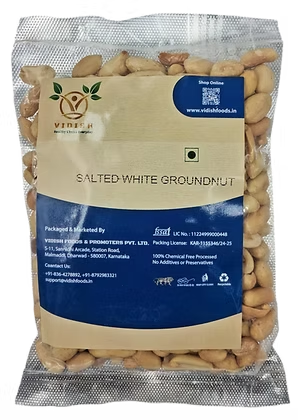Mouse over to zoom in
Pencils
Pencils: A Timeless Tool for Creativity and Precision
Introduction
Pencil are ubiquitous tools used by people of all ages for writing, drawing, and marking. Despite the rise of digital technology, pencils remain essential in education, art, and various professional fields. This versatile instrument has a rich history and continues to evolve in design and functionality.
Historical Background
The history of pencils dates back to the 16th century when a large deposit of graphite was discovered in Borrowdale, England. Initially used as a marking tool, graphite sticks were later encased in wood, giving birth to the modern pencil. The word “pencil” itself comes from the Latin “pencillus,” meaning “little tail.”
- Early Uses: Early pencil were crude, wrapped in string or sheepskin. By the 17th century, pencils were being mass-produced in factories, notably in Nuremberg, Germany.
- Innovations: The introduction of the modern pencil is credited to Nicholas-Jacques Conté, who in 1795 developed a method of mixing powdered graphite with clay, encasing it in wood. This allowed for varying hardness of the lead, which improved the pencil’s utility.
Types of Pencil
Pencils come in various types, each suited for specific tasks.
- Graphite Pencil: The most common type, available in a range of hardness from 9H (hardest) to 9B (softest). These pencils are used for writing, technical drawing, and sketching.
- Colored Pencil: Used in art for adding vibrant hues to drawings. They contain pigments mixed with a binder rather than graphite.
- Mechanical Pencil: Featuring a refillable lead mechanism, these pencils offer precision and convenience without the need for sharpening.
- Carpenter’s Pencil: These have a flat, rectangular shape to prevent rolling and are used in construction for marking rough surfaces.
- Charcoal Pencil: Used by artists for rich, dark lines and shading, providing a different texture compared to graphite.
Manufacturing Process
The manufacturing of pencil involves several steps:
- Graphite Preparation: Graphite is mined, purified, and ground into a fine powder. It is then mixed with clay and water to form a paste.
- Forming Leads: The graphite-clay mixture is extruded into thin rods and fired in a kiln to harden.
- Encasing: The leads are placed into grooved wooden slats, glued together, and cut into individual pencils.
- Finishing: Pencils are painted, stamped with branding, and fitted with erasers if required.
Uses and Applications
Pencils are used in various fields due to their versatility and ease of use.
- Education: Essential in classrooms for writing, drawing, and standardized tests.
- Art and Design: Artists use pencils for sketching, shading, and detailed illustrations. Designers rely on them for preliminary drawings and technical diagrams.
- Engineering and Architecture: Precision pencils are used for drafting and technical drawings, where accuracy is crucial.
- Everyday Tasks: From jotting down notes to marking measurements, pencil are a staple in homes and offices.
Cultural Significance
Pencil have left a significant mark on culture and society.
- Symbol of Learning: Pencil symbolize education and creativity, often associated with learning and intellectual growth.
- Artistic Expression: Many famous artworks and architectural designs began with pencil sketches. Pencil offer artists the flexibility to create and revise their work easily.
- Collectibles and Memorabilia: Vintage pencil, especially those from well-known brands or specific eras, are collected as memorabilia.
Conclusion
Pencil are more than just writing instruments; they are tools of creativity, precision, and expression. From their humble beginnings to their modern-day applications, pencil have proven to be indispensable. As technology advances, the simple pencil remains a timeless and essential tool in our daily lives.
Pencil for Kids
1 piece, min 5 order















Reviews
There are no reviews yet